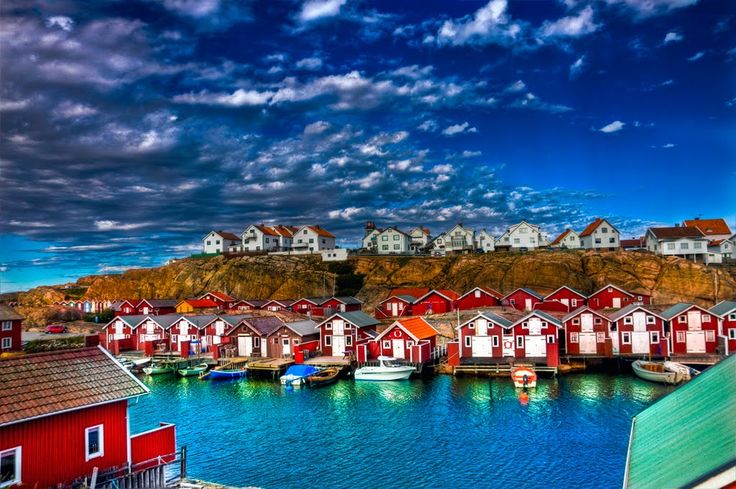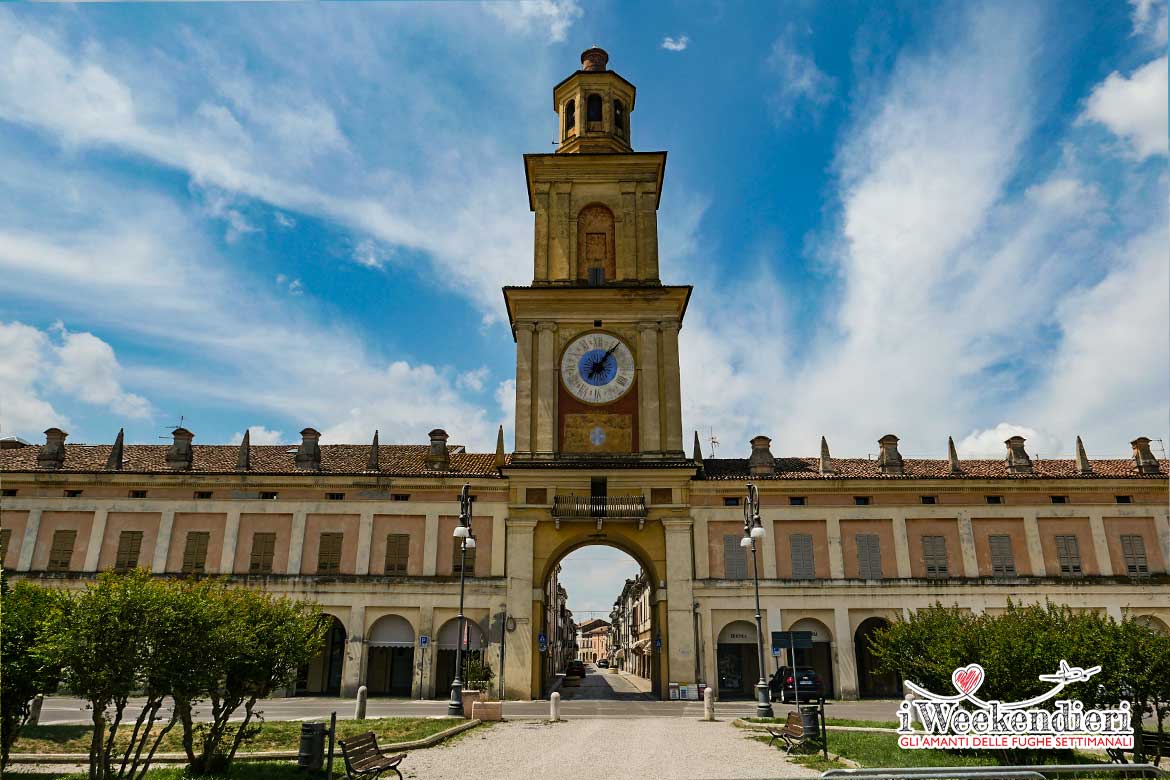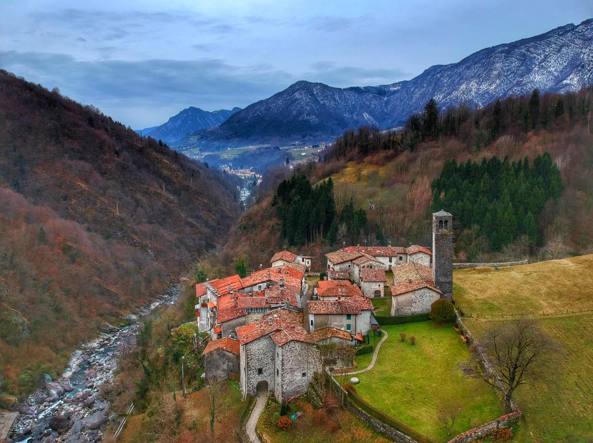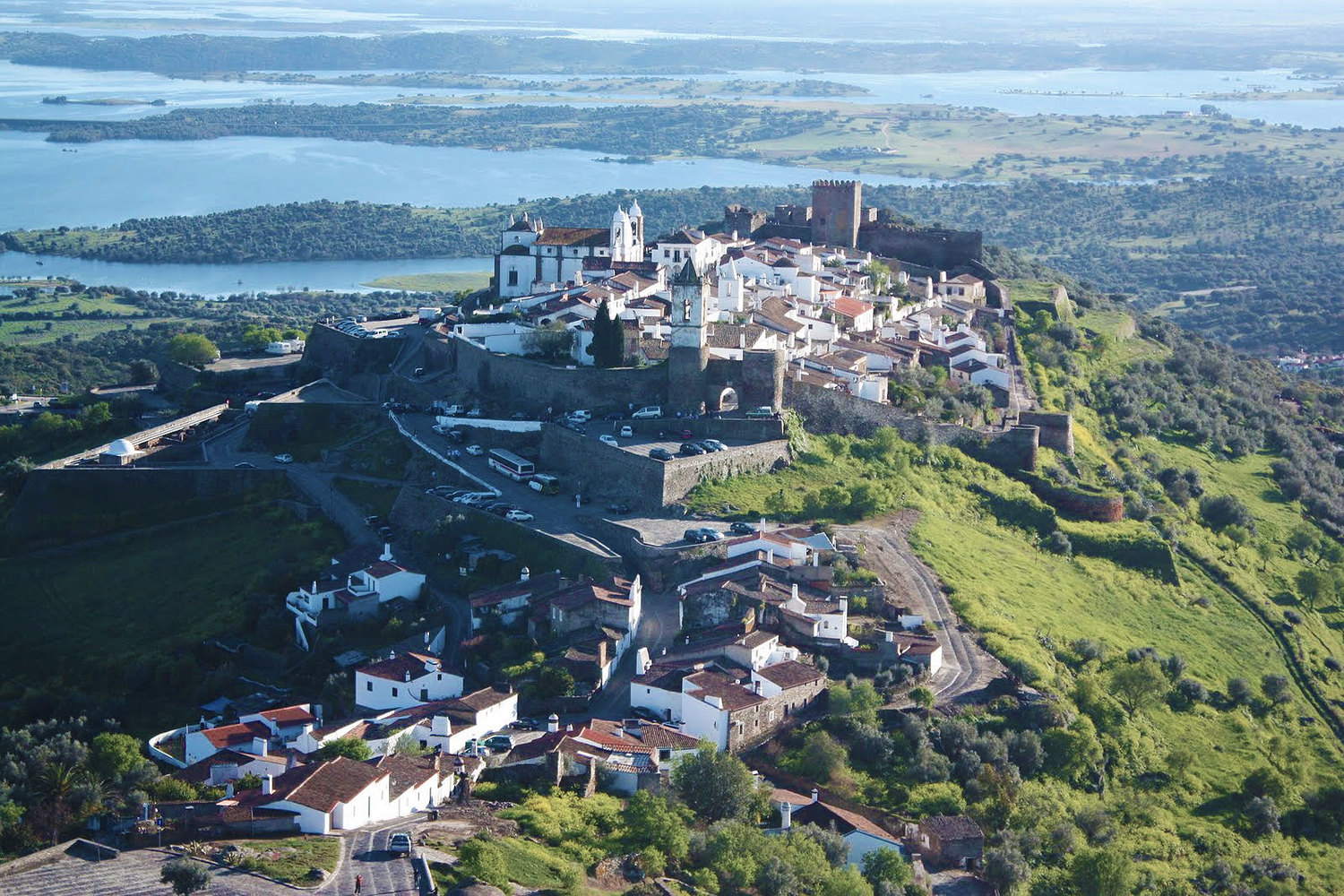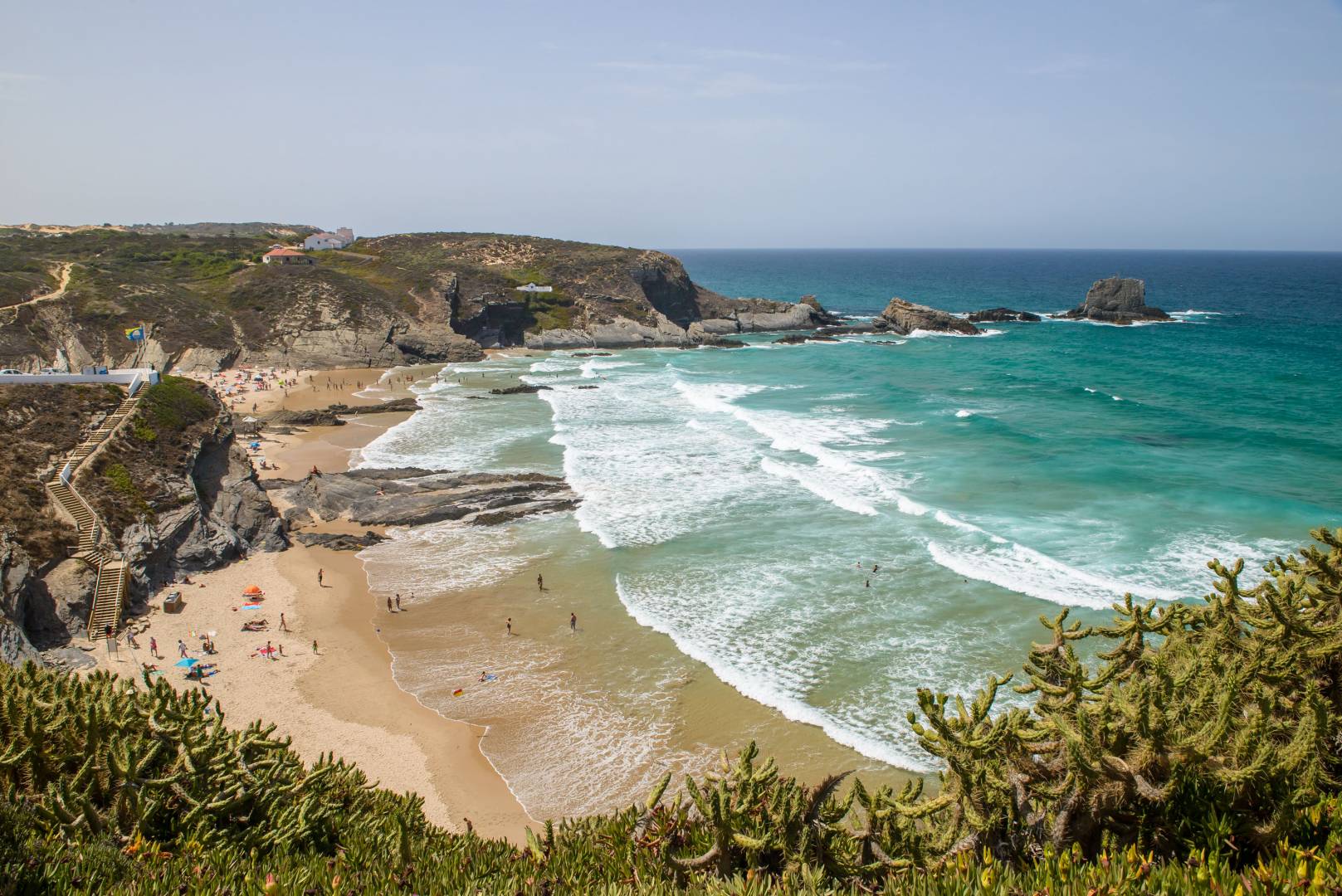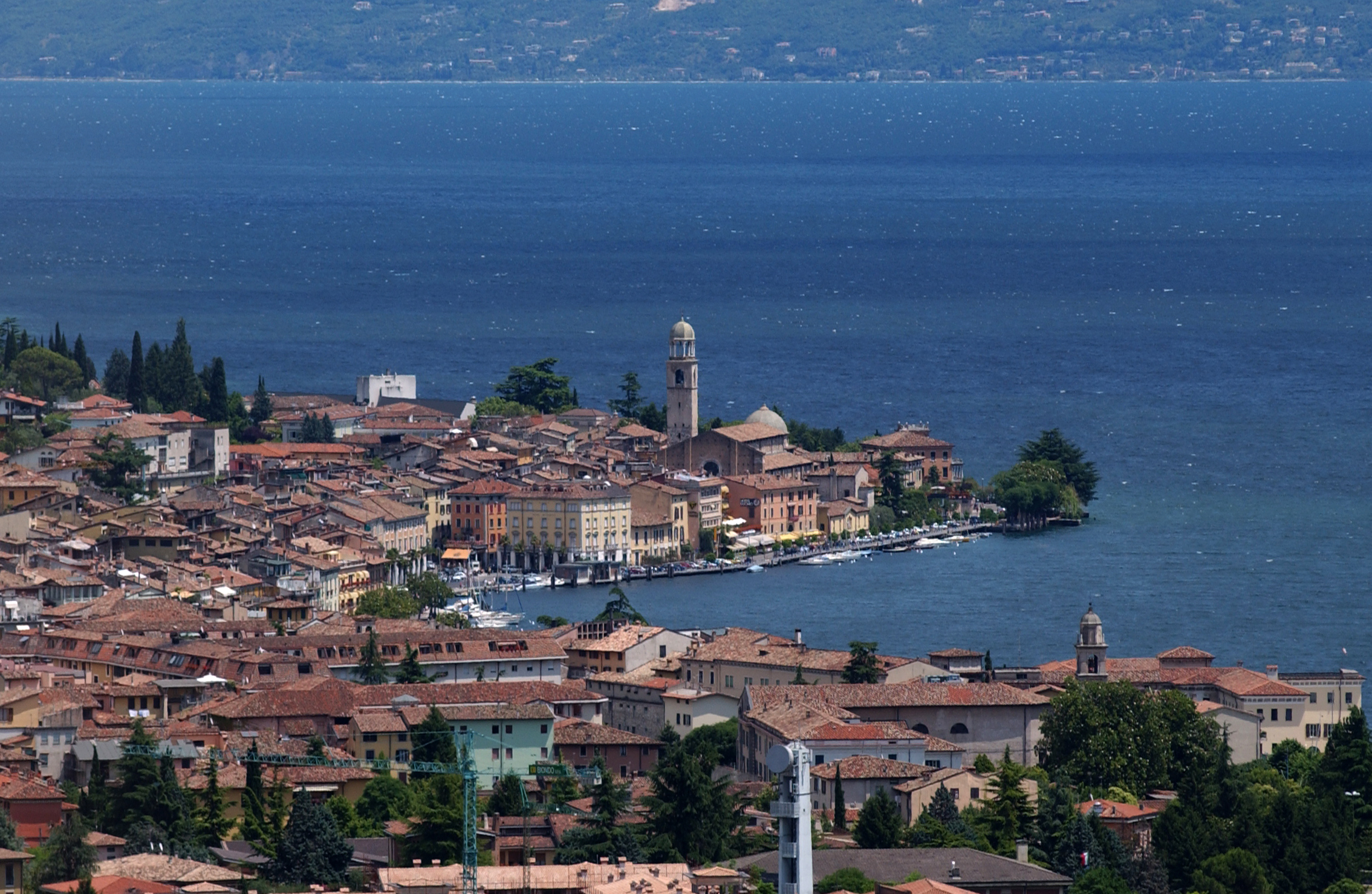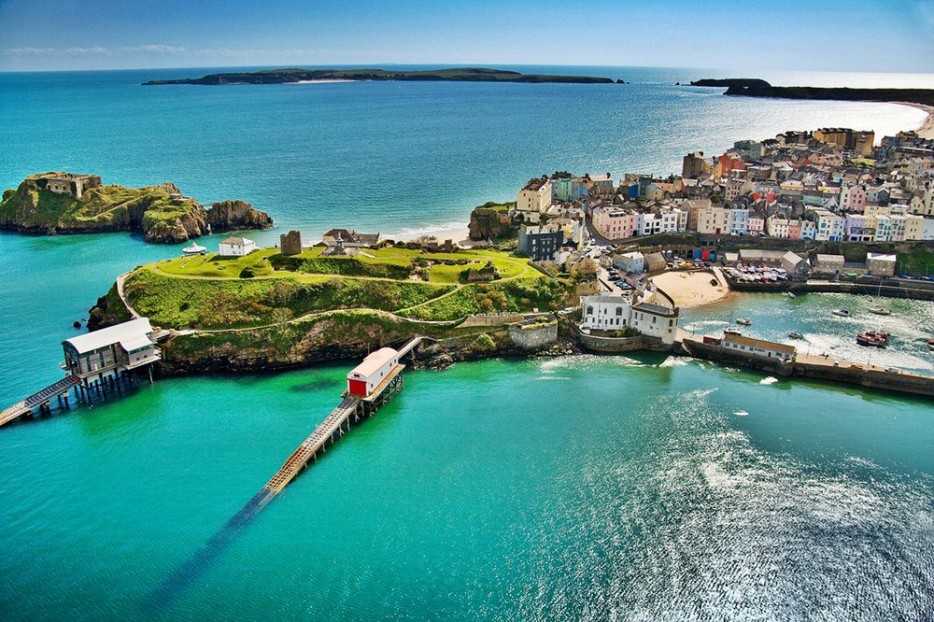On the long wooden pier of Smogen, old fishing huts tell the story of this picturesque village on the Swedish west coast: yesterday they housed the toil of the sailors, today knick-knacks to take away in a souvenir.
It is enough to walk the six hundred meters of the quay to see the parade of old shacks transformed into stores of all kinds and for every pocket: it is the heart of the village, considered one of the liveliest "summer places" in the area.
Built over the centuries between rock dunes that form an islet 135 from Gothenburg, Smogen is located in the municipality of Sotenäs, in the province of Västra Götaland. The village boasts one of the most important fish markets in Sweden.
Every morning, fresh fish is unloaded from the freshly docked boats: it can be found at lunch or dinner time in the many restaurants in the village as well as in the private homes of its 1,329 inhabitants surveyed in 2010.
After mid-September and until April 30, when most tourists have left Smogen, you can watch the lobster fishing season. Among the most valuable and requested, the Swedish one, can be hoisted on board even by simple enthusiasts.
It is not rare, in fact, that invited to live this experience with local fishermen common people do not feel the thrill of catching one of the most beautiful and largest specimens of the entire Swedish west coast.
The amazement is great. Like crossing the small streets of Smogen between colored wooden houses with the typical inverted V-shaped roof. Here time seems to have stopped in the 16th century when the country was mentioned for the first time.
It seems since then that Smogen took its name: it derives from the Swedish word smyghål
that says of a narrow place, almost a corner. A corner of quiet and relaxation that not even the many tourists arrived in summer can disturb.
